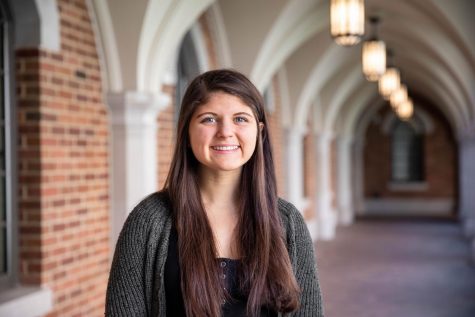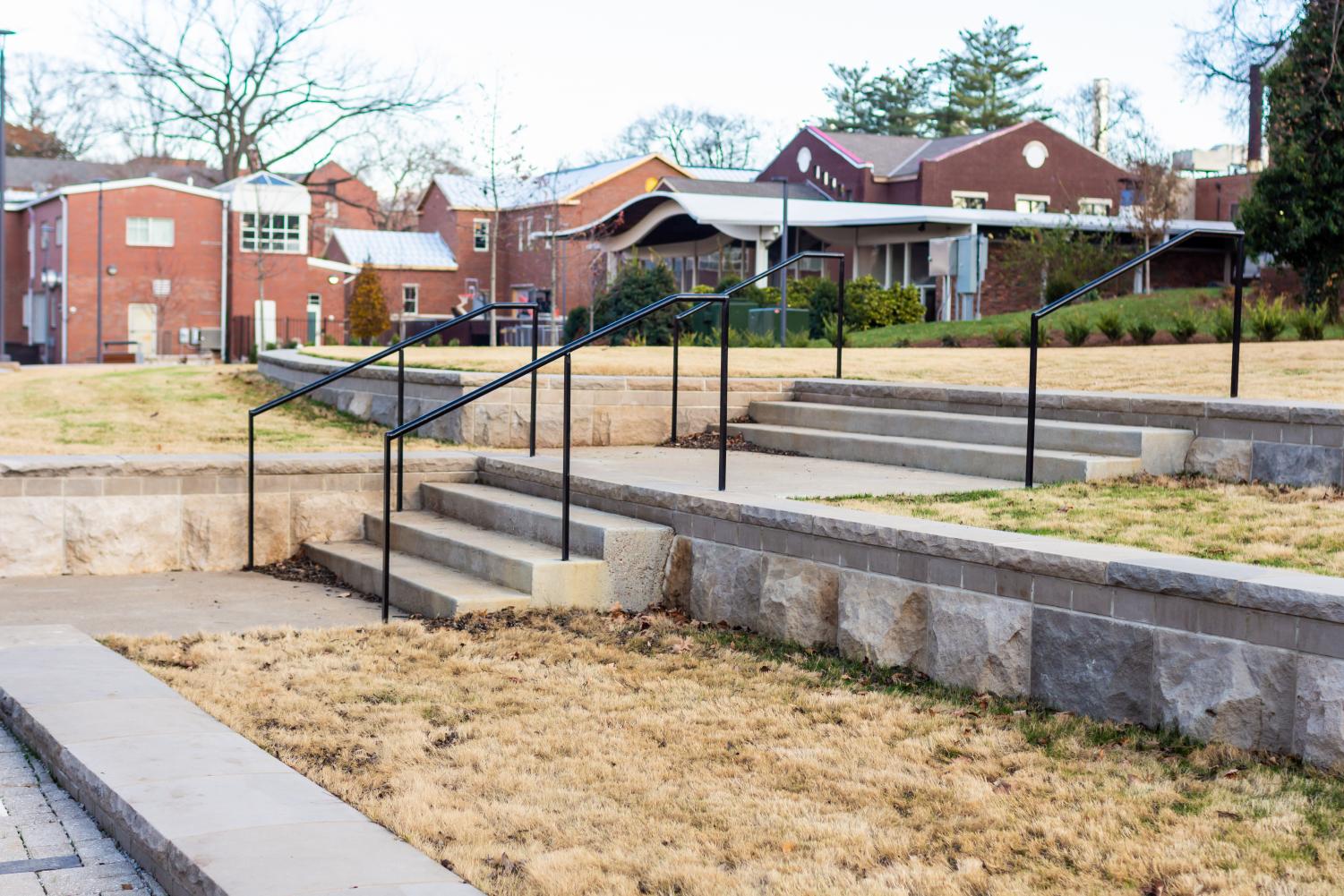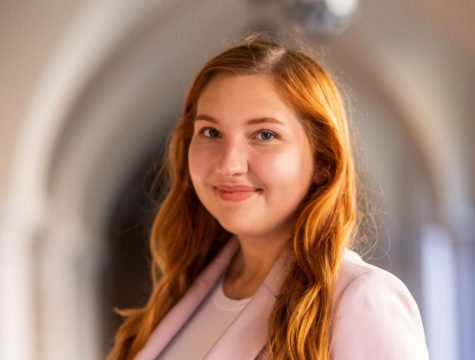
Everyone who knows me knows that I am a complete transportation nerd. My favorite class is my traffic engineering course, and I can pretty much tell you what every sign on any road means. To say I hope to work in the transportation sector post-graduation would be an understatement. To me, transportation and sustainability are two entities that have the potential to go hand-in-hand. By placing an emphasis on more environmentally friendly modes of transportation such as pedestrian travel and micro mobility (i.e. the use of bikes and scooters), we can discourage the use of greenhouse gas emitting vehicles on campus. Doing so gives Vandy community members the potential to drastically decrease the damage we inflict on the earth each and every day. I am proud to go to a school that is doing just that.
Many schools are beginning to focus on sustainability. In fact, Harvard, the University of Chicago and Yale have already committed to extensive sustainability plans. Their plans include becoming a gold-level Bicycle-Friendly University by 2020, incentivizing public transportation and increasing the amount of electric buses used on campus, respectively. Our university is taking similar measures through FutureVU.
Most members of the Vanderbilt community know about the FutureVU plan. A large part of the blueprint is focused on restructuring Vanderbilt’s land usage. When reading over the stated goals, I was ecstatic to see a whole initiative geared towards increasing green spaces that promote pedestrian travel and micro mobility across campus.
According to San Diego’s Regional Planning Agency, key elements must be met to designate an area as a truly walkable environment. These elements include sidewalk design, accessibility to desired locations, ADA accessibility and safety among others. Vanderbilt’s proposed Greenway network has the potential to tick each of these boxes.
The Greenway network will feature on-campus greenway paths, a “Walk-and-Roll” Loop around the outskirts of Vanderbilt, intersection safety improvements for pedestrians and bikers and safer pick-up locations for students to utilize VandyRide and rideshare programs. Each of these features is integral to advancing the use of greener modes of transportation.
The on-campus greenway paths and the “Walk-and-Roll” Loop will make traversing campus a more enjoyable experience all around. These paths have been specifically designed to be wider to meet both ADA compliance standards to to accommodate larger pedestrian volumes. Furthermore, the pavement will be brand new, reducing the number of nooks and crannies in the sidewalk that can make students trip.
These paths are also being optimized to allow for the fastest travel from one location to the next. Many students know the struggle of trying to make it from a class on Main to a class on Commons in just ten minutes, so these quicker walkway systems will be a major benefit. Lastly, the “Walk-and-Roll” Loop will have designated walking and rolling lanes, therefore limiting the amount of pedestrian-bike and/or pedestrian-scooter accidents. Between making it to class on time, reducing the fear of being hit by a passing scooter and limiting the locations for a potential ankle sprain, the Greenway network will make both the pedestrian and the rider feel more at ease when traveling and makes walking and/or using micro mobility a more appealing option.
The plans for the Greenway network alone have checked off each of the criteria to make for a walkable environment. Future VU’s plan also features sustainable landscaping, stormwater management areas, smart irrigation systems and green roofs. These innovations are all part of their desire to be carbon neutral by 2050.
Most people know that the transportation sector is one of the United States’ leading contributors to climate change. By focusing on greener modes of transportation such as walking, biking and scootering, transportation can actually be used to combat climate change, not serve as a major driving force. Vanderbilt’s FutureVU plan is admirable when it comes to promoting these modes of greener transportation. It is my hope that other universities and cities see these innovations, and look to incorporate them into their own facilities. This rippling effect has the potential to change the transportation sector for the better.




